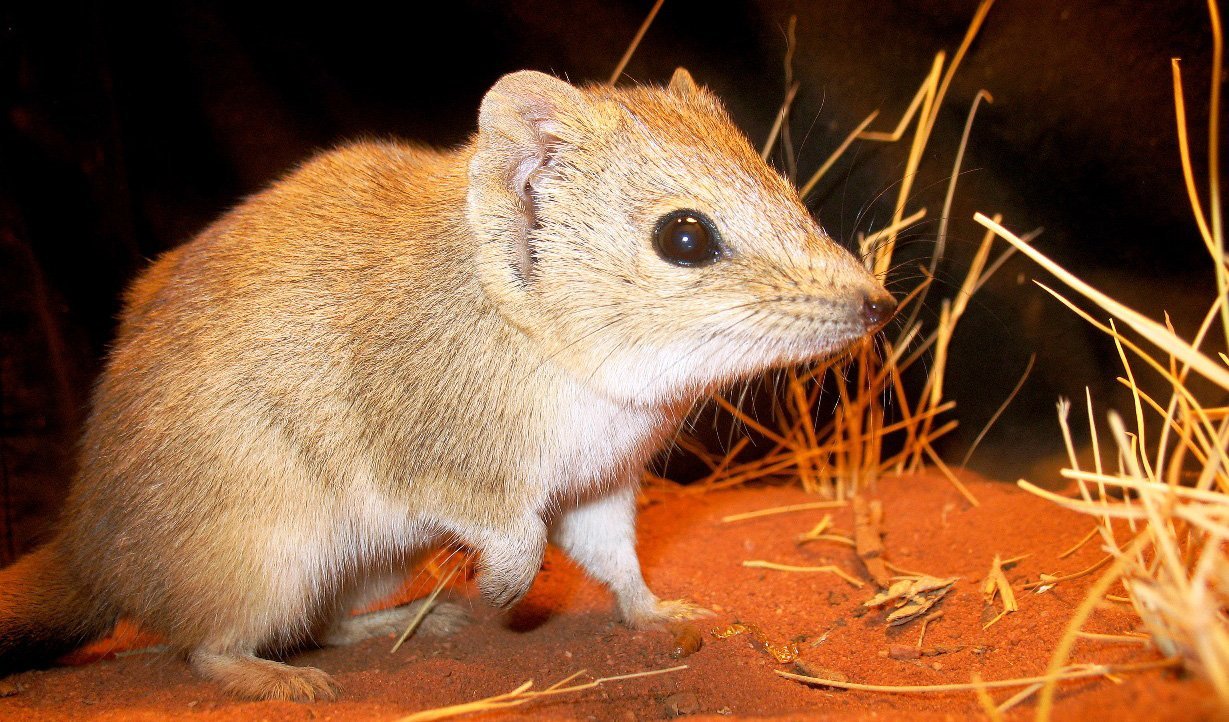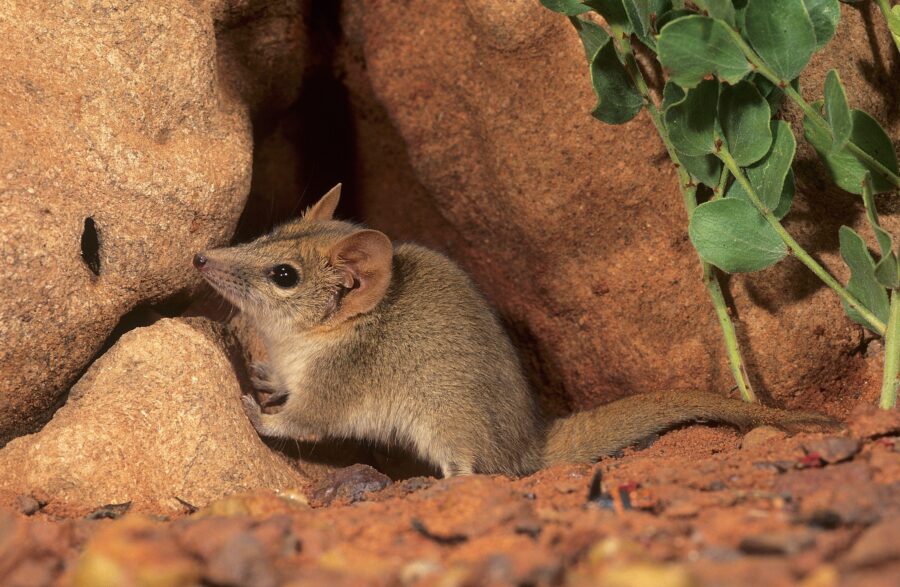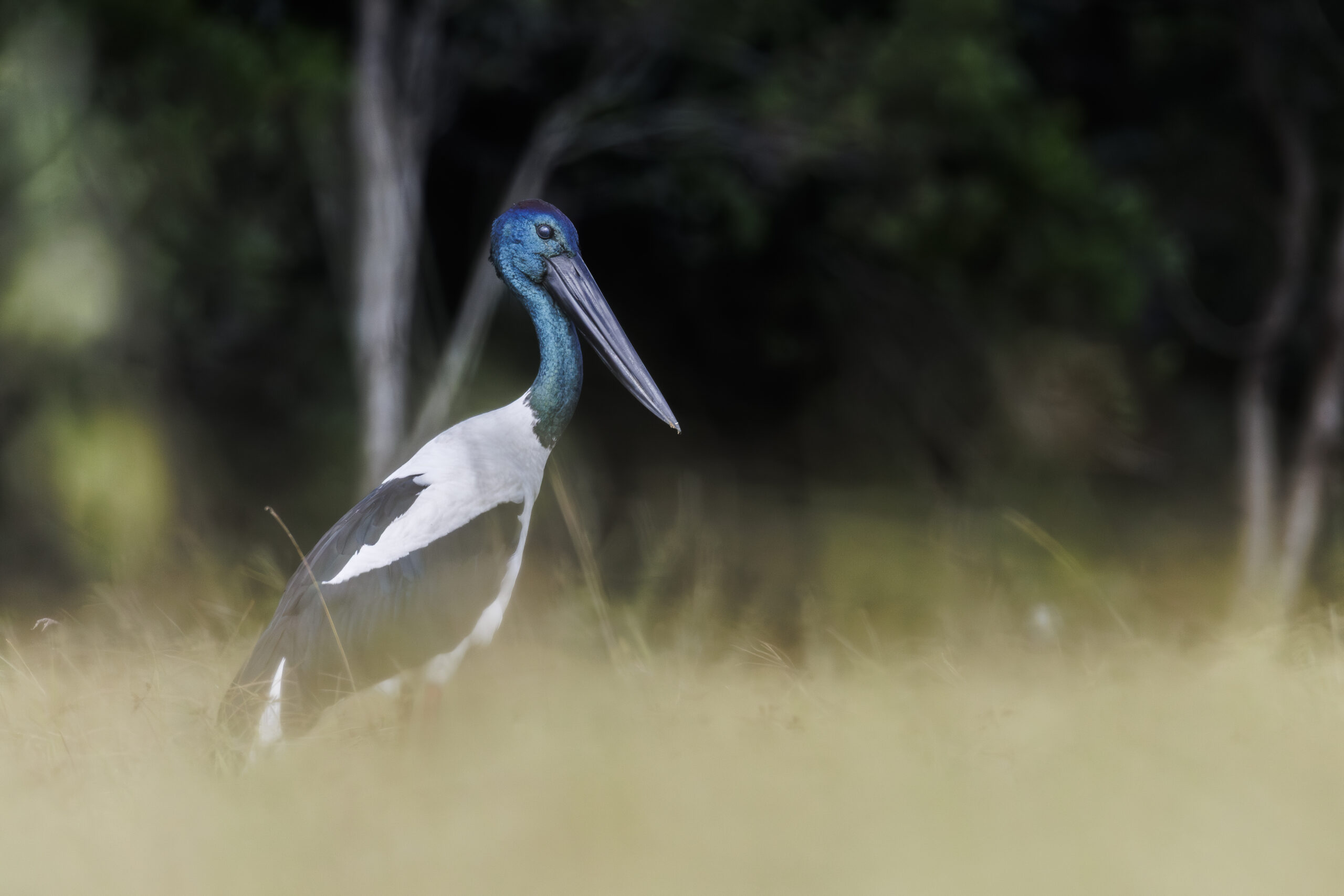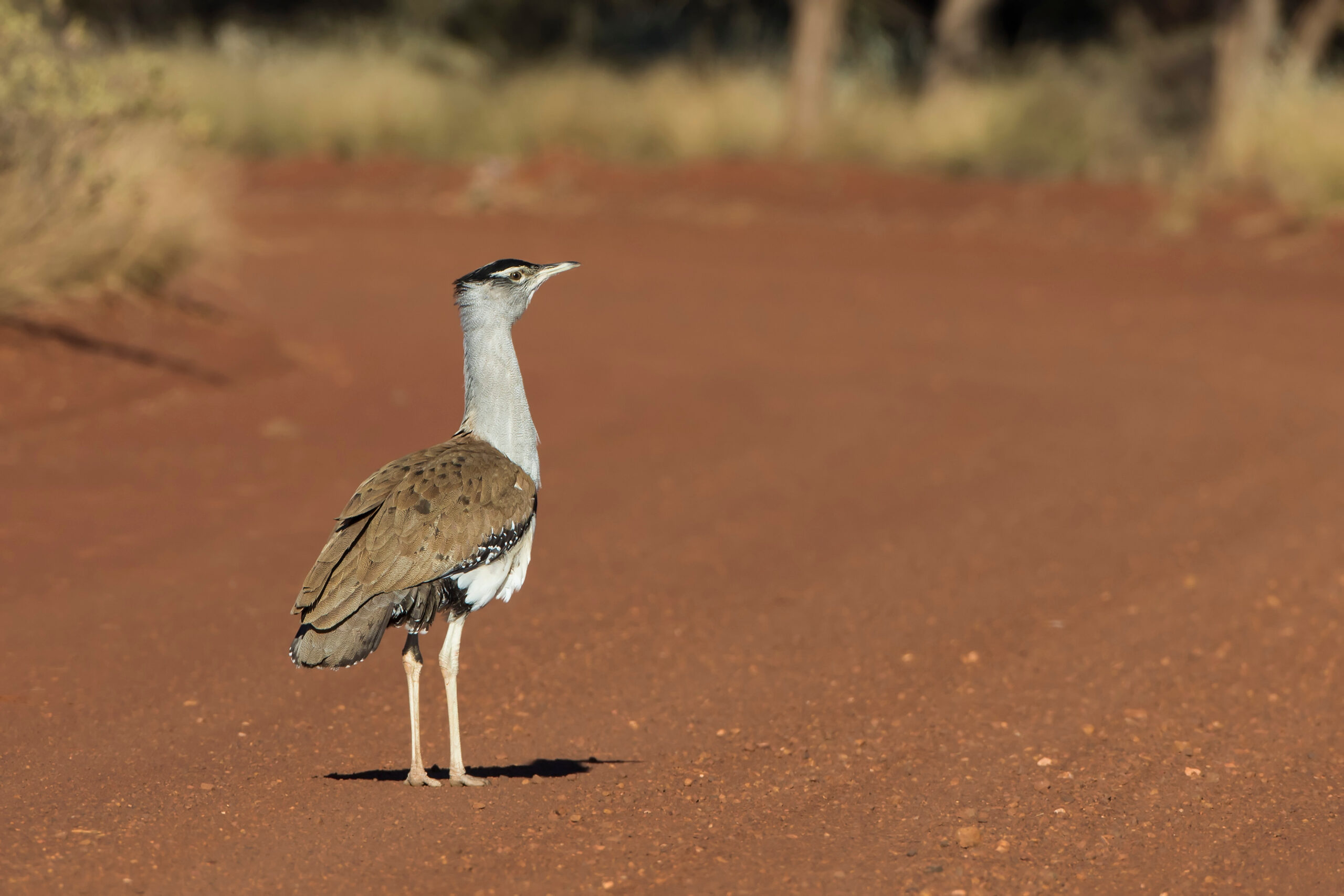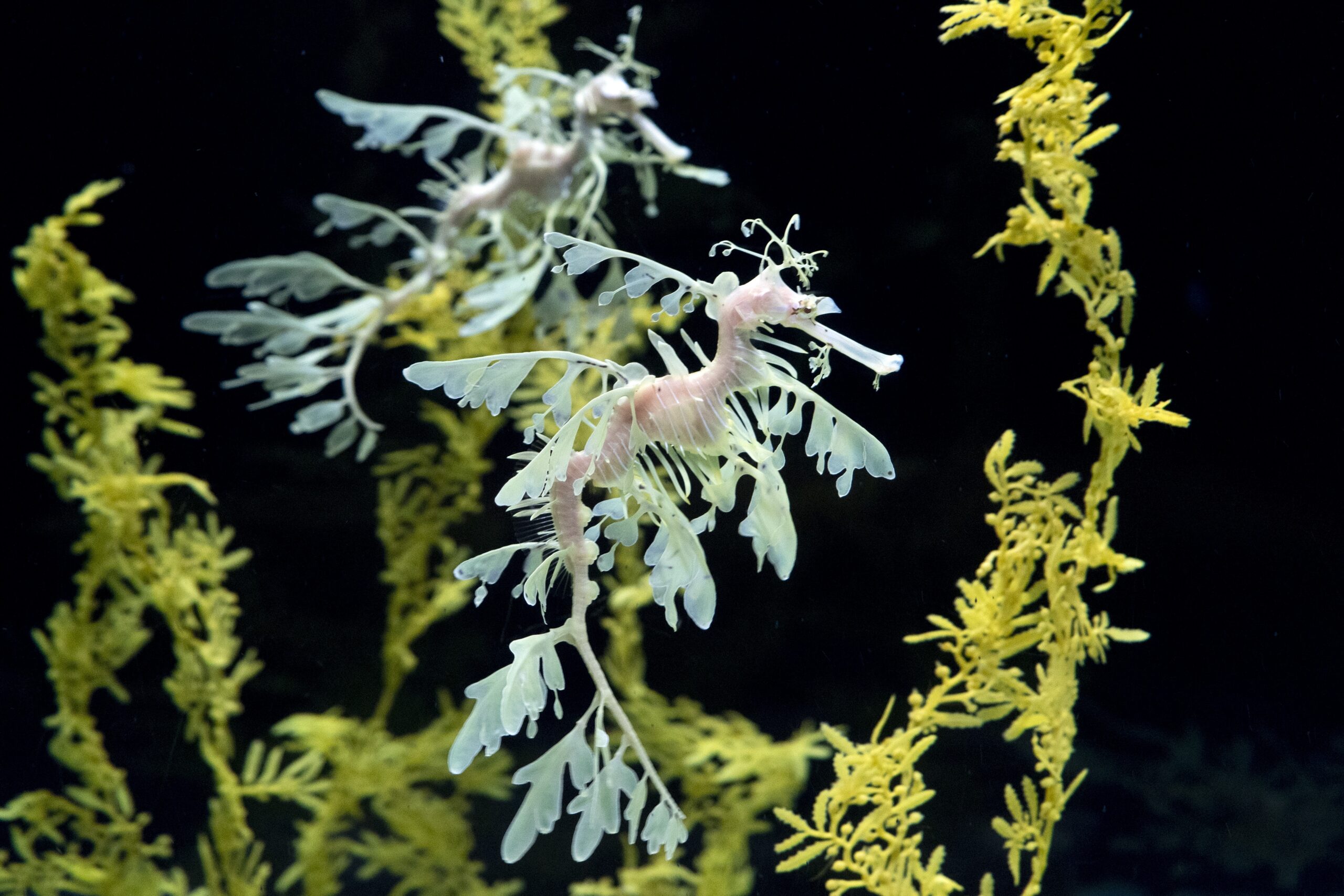| Common name | Mulgara |
| Scientific name | Dasycercus criticauda |
| Type | Mammal |
| Diet | Carnivorous, eating insects and small mammals and reptiles |
| Average lifespan | 6 years |
| Size | Up to 23cm in length |
Easily mistaken for a bush rat or native mouse, the mulgara is actually a carnivorous marsupial that comes from the same family group as the Tassie Devil and Spotted Quoll.
Amazingly, mulgara don’t need to drink water, making this tiny furry creature the perfect desert dweller.
Easily camouflaged into the desert floor, the mulgara has sandy to ginger coloured fur with males measuring around 30cm long and females slightly shorter in length.
A mohawk-style dorsal crest of black hairs can be seen on the tip of its tail, and this marsupial is compact with short ears and legs, a broad head and a pointed muzzle.
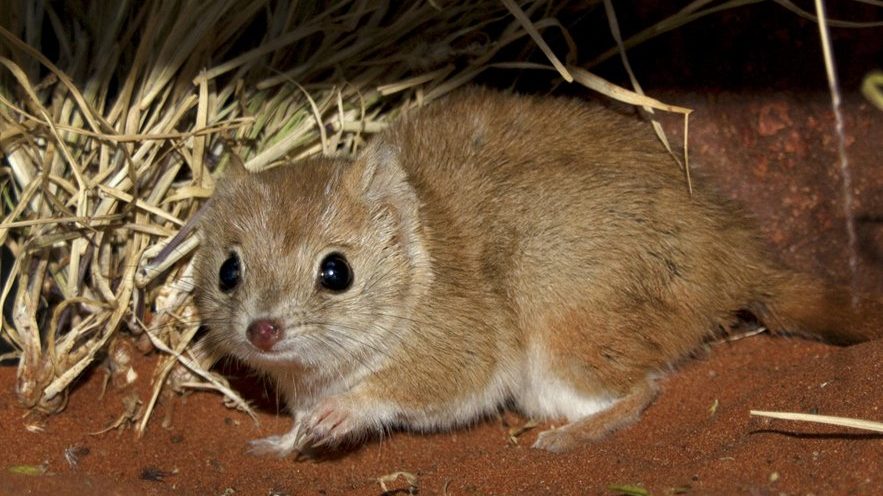
Mulgaras live in arid, sandy regions within central Australia, along the border of South Australia and Northern Territory and are indigenous to this country.
Their tunnels vary depending on what habitat they call home and range from those with one entrance and deeper branching tunnels in Queensland, to those with many entrances and pop-up holes in central Australia.
A keen hunter that uses its lightning speed to ambush its prey, the mulgara can attack a mouse meal or other small invertebrates, devouring its dinner from head to tail and then inverting the skin in an orderly fashion.
With the ability to eat up to 25 per cent of its own body weight in food, mulgaras dine on insects, other arthropods, and small vertebrates, and extract all the water they need from this food, producing highly concentrated urine and dry pellets of poo as a result.
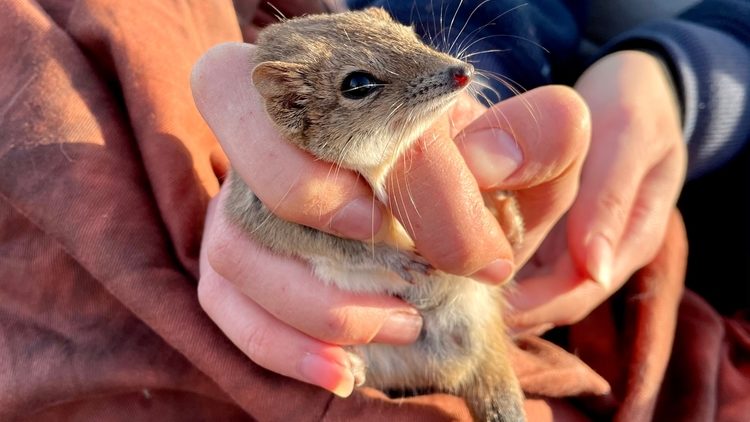
Mostly ground dwelling, mulgaras can climb and have excellent senses of sight, smell, and hearing, running into their burrows to escape the clutches of would-be predators like foxes, large snakes, and dingos.
Breeding during the cooler months of winter, young are raised within the pouch, which consists of a simple skin fold. Each year one litter of mulgara is born per female, and these young hang from the mother’s body and are weaned by four months of age.
Unlike other dasyruids, they don’t die after breeding and this has meant the numbers of mulgara have remained relatively stable in the wild, depending on natural cycles of rainfall and food availability.
